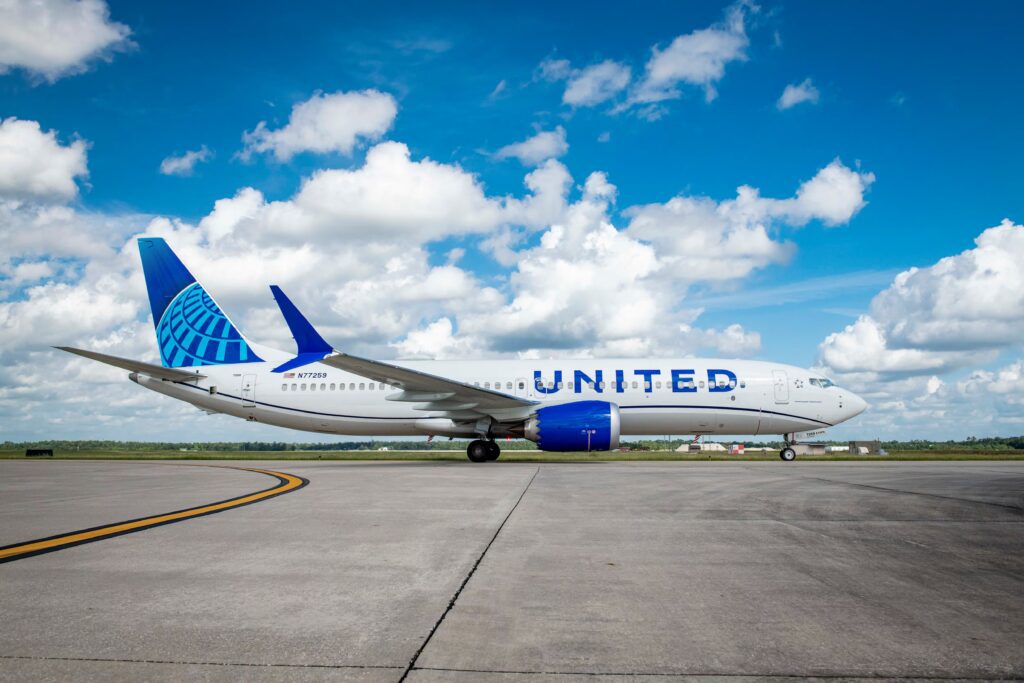
Skift Take
United is making some adjustments to its long-term fleet plans after the FAA placed production constraints on Boeing.
United Airlines reported it took a $200 million hit during the first-quarter from the Max 9 grounding, according to a regulatory filing posted Tuesday.
The Federal Aviation Administration grounded the Max 9 for nearly one month in January after a door plug suddenly blew off an Alaska Airlines plane mid-air. United and Alaska are the only two airlines in the U.S. to operate the Max 9.
The grounding forced United to cancel thousands of flights and it also led the FAA to halt the production expansion of the 737 Max line. Boeing has also been hampered by certification delays for the Max 7 and Max 10, causing airlines to reevaluate their fleet plans.
United is one of those airlines. It initially expected to receive 80 Max 10s in 2024 – now it anticipates it won’t receive any this year. United said it has converted part of its Max 10 order to the Max 9 from 2025 to 2027.
United CEO Scott Kirby mentioned at the JPMorgan Industrials Conference in March that the carrier had asked Boeing to “stop” making the Max 10.
“We’ve adjusted our fleet plan to better reflect the reality of what the manufacturers are able to deliver,” Kirby said in an earnings release. “And, we’ll use those planes to capitalize on an opportunity that only United has.”
To make up for the delays, United plans to lease 35 new Airbus A321neos, which are expected to arrive in 2026 and 2027. The airline now anticipates it will receive 61 narrowbody aircraft and five widebody aircraft to be delivered in 2024. Initially, United expected to receive 101 narrowbodies.
United executives will hold a call with analysts about first-quarter earnings on Wednesday at 10:30 a.m. ET.
